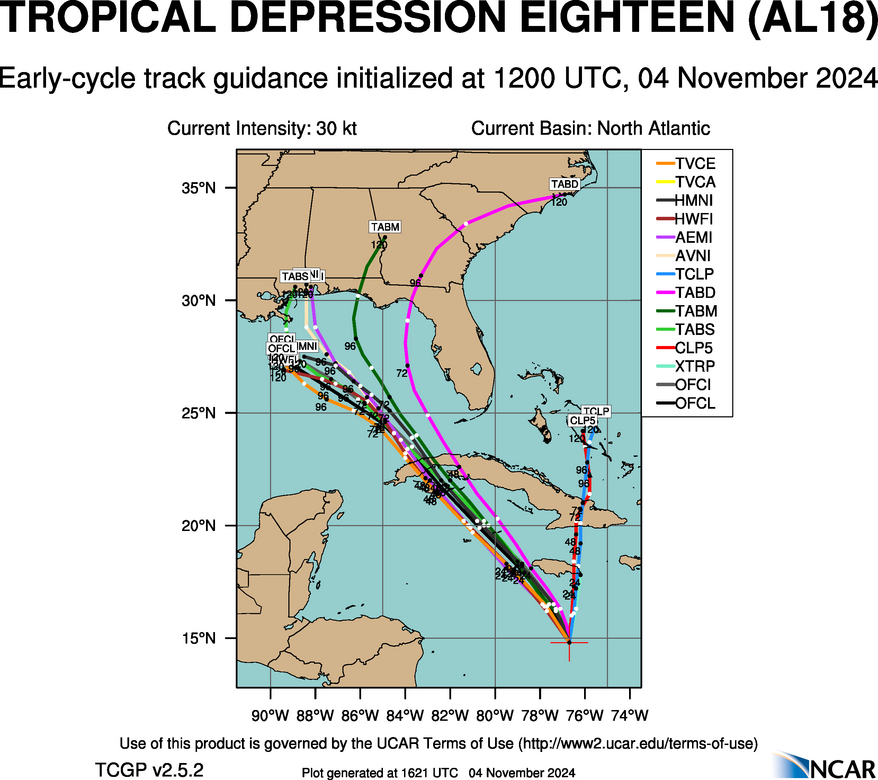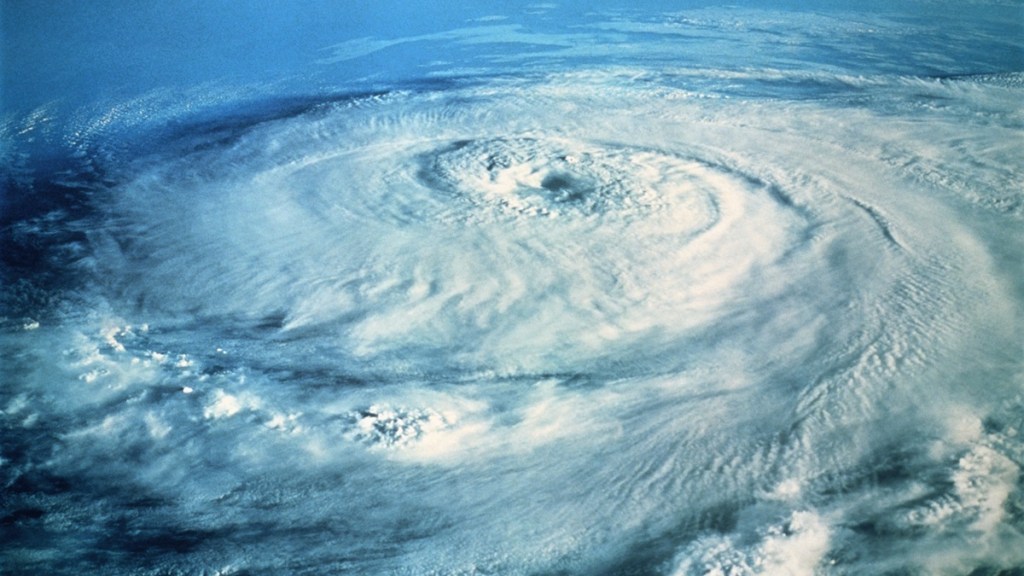The strength of Hurricane Rafael, which is projected to develop from Tropical Depression 18 in the Caribbean, has been steadily building over the weekend. Since Friday’s predictions, various models and trackers for Monday, November 4, believe that Rafael will turn from a tropical depression into a hurricane by Wednesday morning as it travels over Cuba. The storm will then slowly head its way into the Gulf of Mexico. Here’s the current path of Hurricane Rafael and where it is expected to hit the United States.
What is Hurricane Rafael’s projected path in the Gulf?
The path of Hurricane Rafael is projected to hit Jamaica, western Cuba, and then somewhere in the US between Louisiana, Mississippi, Alabama, and the western panhandle region of Florida.

This is based on spaghetti models from the National Center for Atmospheric Research (NCAR) on Monday at 4 AM PDT / 7 AM EDT. Most projections have the center of Tropical Depression 18, which will likely become Hurricane Rafael, move toward Louisiana.
More specifically, its path is moving toward New Orleans by Saturday, but since we’re still about five days away before it makes direct landfall in the United States, there’s still plenty of time for the system to move and change direction. Rafael may slow down or accelerate, or tilt west or east as the week progresses.
More importantly, the National Hurricane Center (NHC) predicts that Hurricane Rafael will weaken in strength into a tropical storm after Friday. This is partly due to colder ocean temperatures around the Gulf coast of the United States in November. That said, the storm’s strength depends on how long it will remain in the warmer Caribbean waters and how much the wind shear will potentially weaken it as it moves through the Gulf.
The NHC is also monitoring a wide area of low pressure in the southwestern Atlantic that stretches from the northern area of Cuba to Anguilla and St. Martin. It predicts that a system has a low (20% chance) to develop into tropical depression through the next seven days.









